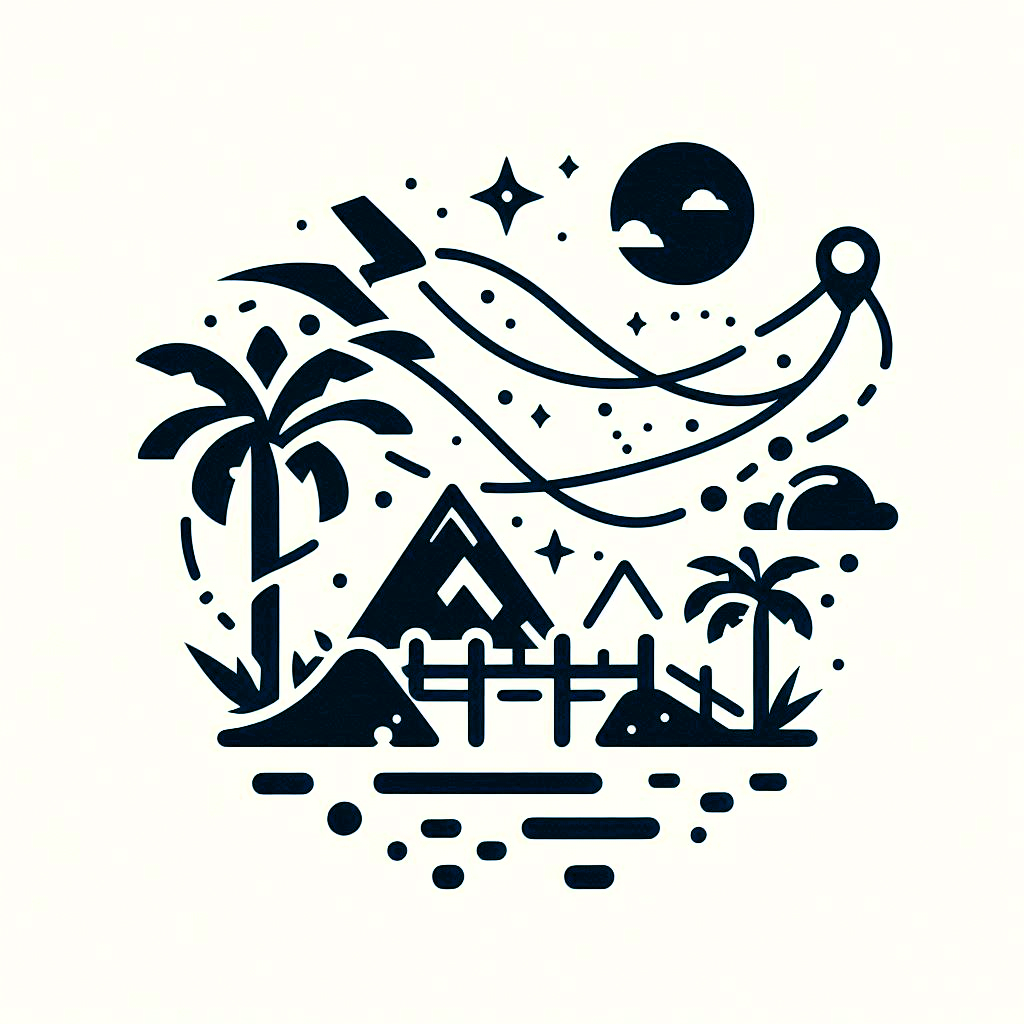Araracuara,The mistery of the rock 4 days
Araracuara,The mistery of the rock
It is important to keep in mind; in any part of the world, inequality and poverty are two phenomena that predominate in these times. Before the conquest and the colonizing processes executed in the Amazon region, the indigenous communities lived in abundance, had no diseases, lived together in the best way and especially their ancestry allowed to pass from generation to generation the teachings of life and nature, then, that rhythm of life, that culture of abundance would be overshadowed by colonial phenomena and illegal economies, clearly influencing in a transculturation of the indigenous peoples, changing the mentality of abundance to the mentality of money, the easy mentality was left after the era of drug trafficking in the 80's and being prevented by the scourges of armed conflict in the 90's, have skewed the emergence of a department as important as Caquetá; department with one of the largest water supplies in the country, is home to about 80% of the PNN Chiribiquete and has its own sacred and pristine places for the enjoyment and contemplation through nature tourism, and in this alternative, is where the hope of safeguarding the culture and preserve our ecosystems is born, therefore, to reach the Caquetá you will see from the air the golden door (entrance) of the Colombian Amazon, You will feel the climates, cold, warm and temperate, you will eat good cheese, pineapple, you will hear a language beaten with a strong accent, you will feel very hot between 9 am and 04 pm and not only that, the perspiration or sweating will be enough due to the high relative humidity that we have in the region, therefore, it will not be strange to see men without shirts, others barefoot, without shoes. When arriving to the indigenous communities we will see them with common and current clothing to that of any person (product of the cultural affectation in the past) except if it is a traditional event of them, in which they perform their rituals and use their typical costumes, therefore we will NOT find semi-naked indigenous or something like that, the gastronomy is based on fish such as: Bocachico, cachama, sábalo, gamitana, catfish such as lechero, pintadillo, chontaduro, on the other hand, if you are totally willing(a) to a cultural immersion, you will eat fariña, casabe, caguana, you will taste mambe and ambil, taking into account the recommendations of the indigenous grandparents (taitas), for the indigenous communities is predominant in their diet the chili and cassava, also Amazonian fruits such as the arazá, the copoazú, the asaí, the canangucha, among others.
In our journey we will not find luxury in the jungle, our lodging will be communitarian where you and nobody else will know closely what it is to be and live as an indigenous and peasant in the extensive jungles of Caquetá, you will meet humble people, with a big heart, who will share with you the best anecdotes and stories lived in the manigua.
Something very important for the expedition is to apply 3 days before the expedition 2 cm of B complex or Thiamine to avoid mosquito bites during the day and mosquitoes at night, on the other hand it is recommended (by experience) clothing that covers the arms and legs completely and light colors (preferably fast drying) NO dark colors, that attracts mosquitoes and mosquitoes impressively, super comfortable clothes, loose, nothing glued to the body, the looser the better, a kettle that covers the back of the neck, sunscreen, and a buff ideal for when the mosquitoes are very rambunctious in the day.
Bring a change of shoes, bathing suit for when we are in the puddles to enjoy them to the maximum, comfortable flip-flops for walking at night, pajamas, since, in Caquetá, at night the temperature decreases and the breeze or the well-known serene is strong, making us feel cold.
The means of fluvial transportation are Canoes, the latter have been built by the indigenous people and will be our means of navigation on the Caquetá River, towards the Yarí, Mesay and Angosturas.
Taking into account the considerations mentioned above, you will have a memorable cultural immersion, thanks to your visit you will be helping the growth and sustainable development of indigenous communities that gradually see in tourism a hope, a livelihood for their families and especially a paradigm shift, a change of mentality, a cultural rescue, an interest in showing the indigenous cosmogony, each trip you make will leave a teaching and a unique experience to travelers and communities will strengthen them improving day by day their infrastructure and quality of services provided.






